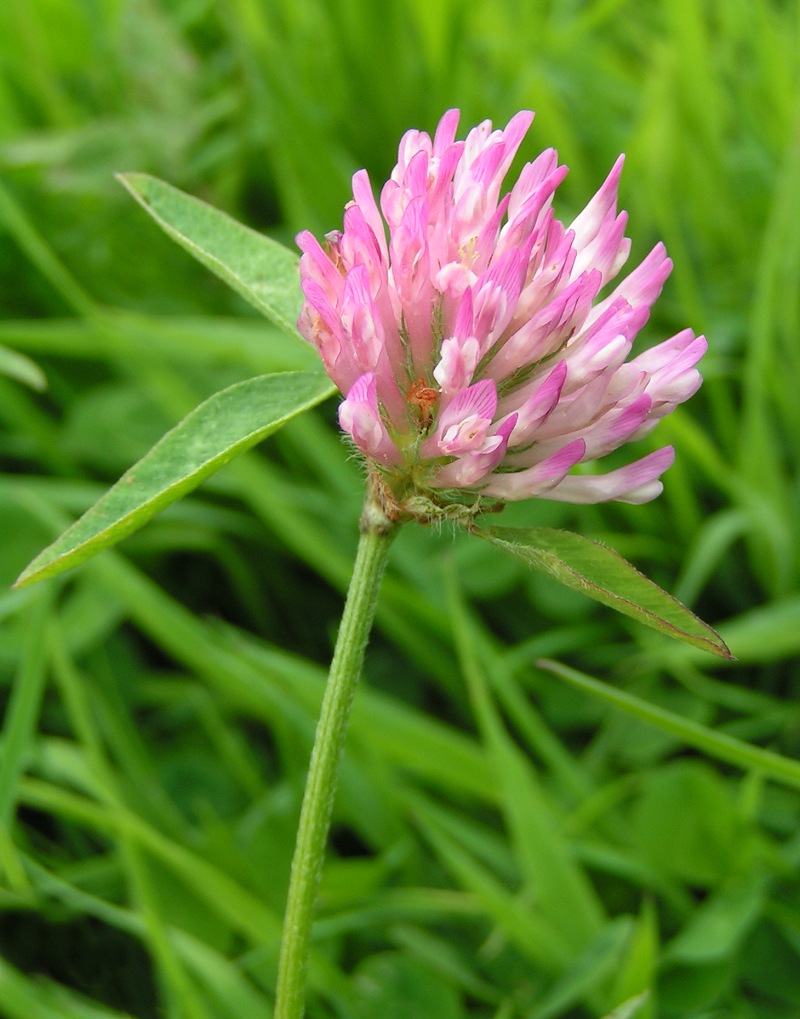Difference between revisions of "Translations:AY Honors/Edible Wild Plants/Answer Key 2/17/es"
From Pathfinder Wiki
m (FuzzyBot moved page Translations:AY Honors/Edible Wild Plants/Answer Key/17/es to Translations:AY Honors/Edible Wild Plants/Answer Key 2/17/es without leaving a redirect: Part of translatable page "AY Honors/Edible Wild Plants/Answer Key") |
|||
| Line 1: | Line 1: | ||
| − | {{: | + | {{:AY Honors/Edible Wild Plants/Clover/es}} |
Latest revision as of 16:05, 7 September 2021
Trébol
Dónde se encuentra: Ampliamente extendido por las regiones templadas y subtropicales de África, América, Asia y Europa. Hay numerosas especies localmente cultivadas como plantas forrajeras, por ejemplo Trifolium repens, el «trébol blanco».
Disponibilidad: Primavera, Verano, Otoño
Uso: Las flores se pueden comer crudas, añadidas a las ensaladas, hervidas en sopas, o se secan (u horneadas) y molidas para hacer una harina. También pueden ser utilizadas para hacer buñuelos. El trébol rojo se muestra aquí, pero el trébol blanco es igual de bueno (pero un poco más pequeño, por lo que se necesita más trabajo para recoger). Las hojas y tallos también son comestibles en ensaladas o como verduras.

